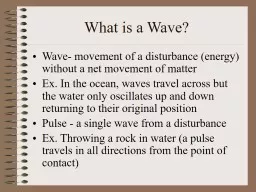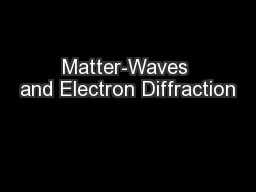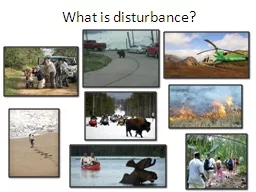PPT-What is a Wave? Wave- movement of a disturbance (energy) without a net movement of matter
Author : sportyinds | Published Date : 2020-06-23
Ex In the ocean waves travel across but the water only oscillates up and down returning to their original position Pulse a single wave from a disturbance Ex Throwing
Presentation Embed Code
Download Presentation
Download Presentation The PPT/PDF document "What is a Wave? Wave- movement of a dist..." is the property of its rightful owner. Permission is granted to download and print the materials on this website for personal, non-commercial use only, and to display it on your personal computer provided you do not modify the materials and that you retain all copyright notices contained in the materials. By downloading content from our website, you accept the terms of this agreement.
What is a Wave? Wave- movement of a disturbance (energy) without a net movement of matter: Transcript
Download Rules Of Document
"What is a Wave? Wave- movement of a disturbance (energy) without a net movement of matter"The content belongs to its owner. You may download and print it for personal use, without modification, and keep all copyright notices. By downloading, you agree to these terms.
Related Documents














